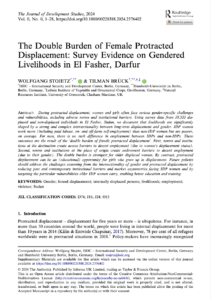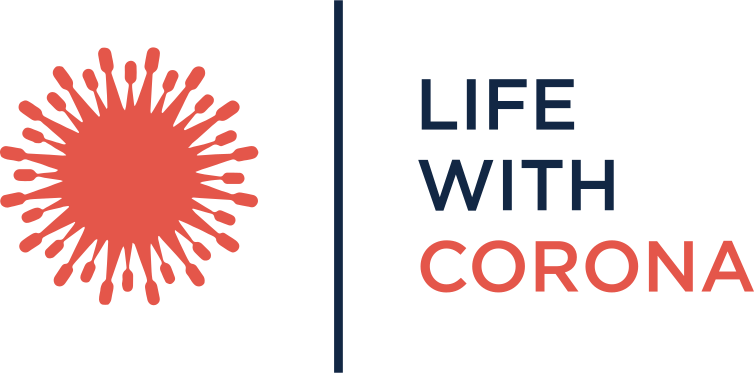During protracted displacement, women and girls often face serious gender-specific challenges and vulnerabilities, including adverse norms and institutional barriers. Using survey data from 18,533 displaced and non-displaced individuals in El Fasher, Sudan, we document that livelihoods are significantly shaped by a strong and complex intersectionality between long-term displacement and gender. IDP women work more (including paid labour, on- and off-farm self-employment) than non-IDP women but are poorer, on average. For men, there is no such difference in employment between IDPs and non-IDPs. These outcomes are the result of the ‘double burden of female protracted displacement’. First, norms and institutions at the destination create access barriers to decent employment (due to women’s displacement status). Second, norms and institutions at the place of origin create endowment barriers to decent employment (due to their gender). The double burden is strongest for older displaced women. By contrast, protracted displacement can be an (educational) opportunity for girls who grow up in displacement. Future policies should address the challenges stemming from the intersectionality of gender and protracted displacement by reducing past and contemporary institutional barriers and market asymmetries facing IDP women and by targeting the particular vulnerabilities older IDP women carry, enabling better education and training.
Publication Details
- Year of Publication: 2024
- Region/s: Middle East & North Africa
- Theme/s: Human Development · Micro-Data Collection · Shocks & Livelihoods
- Research Topic/s: Gender · Migration & Displacement · Poverty & Inequality
- DOI: http://doi.org/10.1080/00220388.2024.2376402





